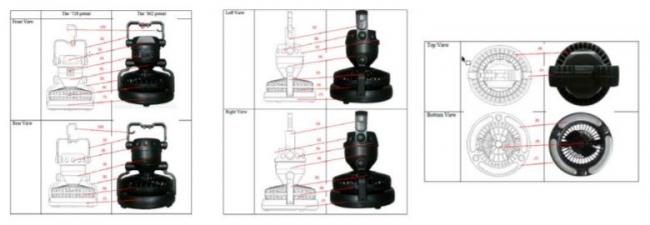Continuing the trend that we analyzed in May 2020, petitions to the US Patent and Trademark Office Patent Trial and Appeals Board (PTAB) requesting inter partes review or post-grant review for design patents maintained an institution rate well below 50% in 2020. Specifically, the design patent institution rate reached only 27%. This is based on a total of 18 institution decisions (5 granted, 13 denied), each involving grounds of prior art.
In 2021, the design patent institution rate reached 50%. This may be attributed to the relatively few—only two—PTAB decisions involving design patents issued in 2021: Cellpak Inc. v. Mambate USA Inc. and Sattler Tech Corporation v. Lyu. In Cellpak, institution was granted in part on grounds of anticipation. IPR2021- 00007, Paper 7 (PTAB Apr. 21, 2021). Based on the evidentiary record, which notably did not include a Patentee’s Preliminary Response, the PTAB determined that there is a “substantial similarity in the overall appearance” of challenged patent D846,728 S (’728) and the asserted prior art, Chinese Design Patent No. CN 302112862 S (’862). Id. at 10. Comparisons of the two designs are shown below.
As a whole, however, the institution rate for petitions filed against design patents is well below 50%— specifically, 38%. This is based on a total of 66 institution decisions (25 granted, 41 denied). While the design patent institution rate reflects that it is often difficult for petitioners to present a sufficient case that the challenged design patent is unpatentable based on prior art, petitioners that succeeded in getting inter partes review or post-grant review instituted are successful in invalidating the challenged design patent in 64% of the cases. Of the 25 instituted cases, 16 found the challenged patent to be unpatentable based on prior art. A more detailed analysis of those cases show that in more than half, grounds based on anticipation were successfully asserted. Specifically, of the 16 patents invalidated, 7 were invalidated on grounds based on anticipation.
This article appeared in the 2021 Design Patents Year in Review: Analysis and Trends report.

Receive insights from the most respected practitioners of IP law, straight to your inbox.
Subscribe for Updates
